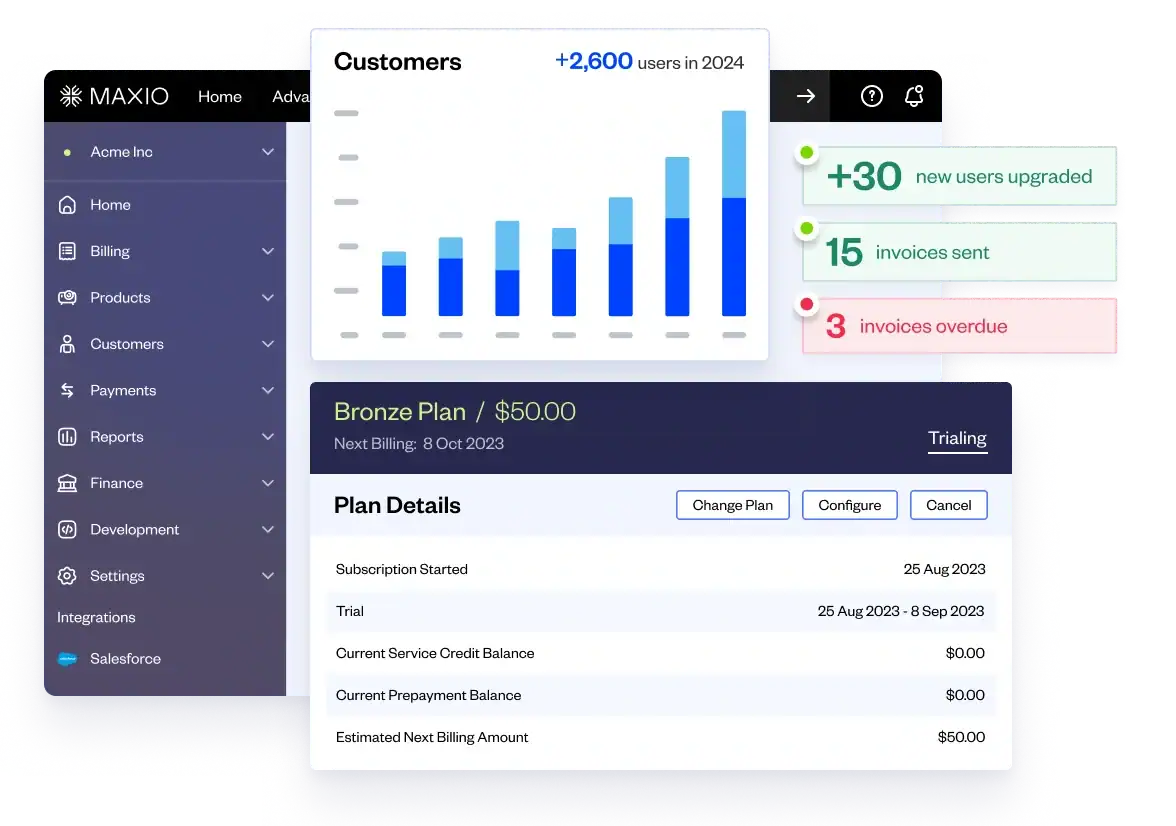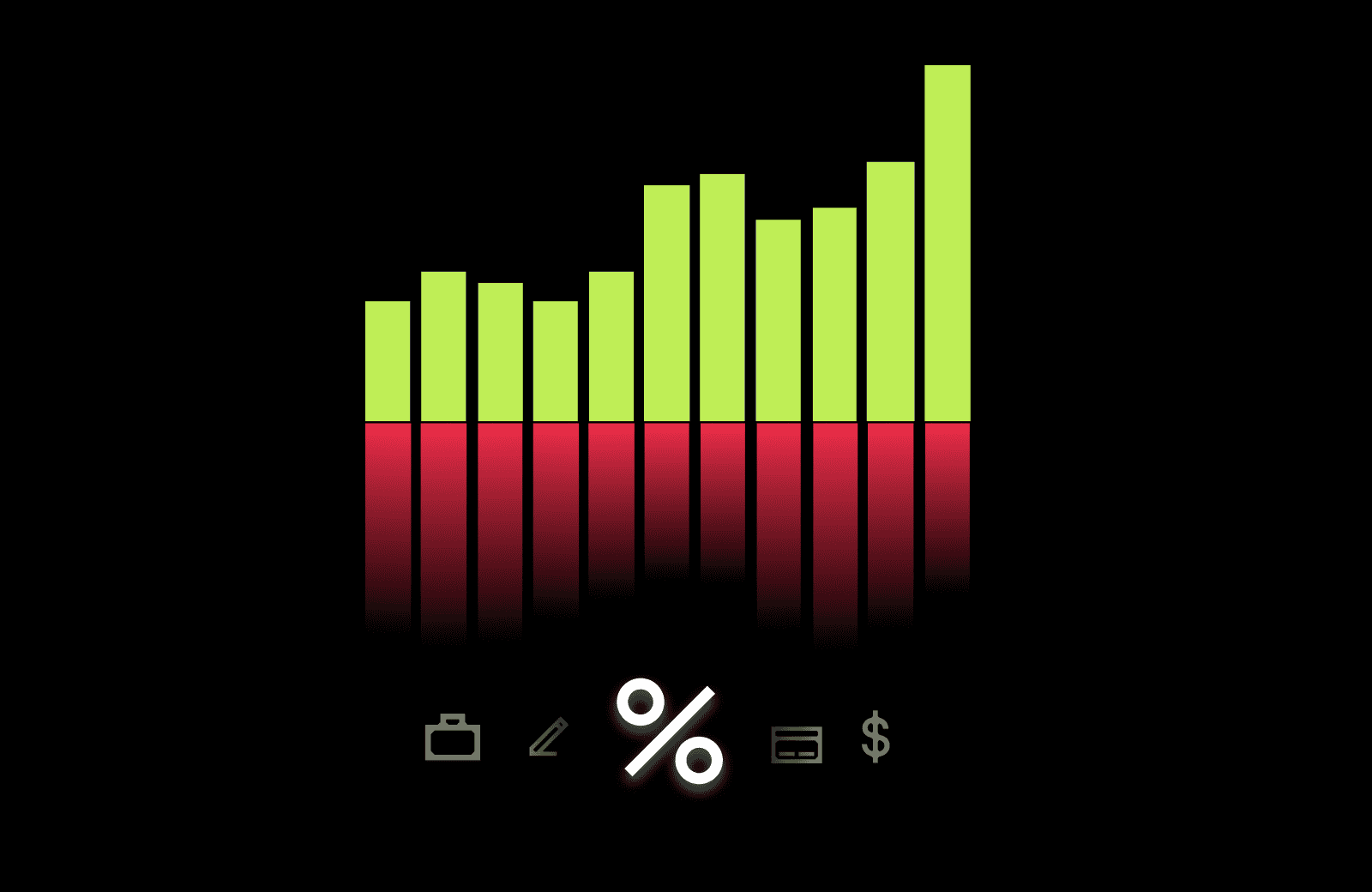International expansion can be a huge opportunity for SaaS businesses.
In fact, according to research from Capterra, 4 out of every 5 online software searches were coming from outside of the U.S. in 2017 and software search volume was increasing at 12% year over year compared to just 5% inside of the U.S.
But, international expansion doesn’t just mean a physical change for your business.
Even if you never physically cross a border or open a new storefront, offering your services internationally requires big changes in the way you operate.
So before you begin making moves to expand your SaaS business internationally, here are a few of the major areas you’ll have to consider and adapt to for each new market:
- Languages
- Culture
- Local Laws and Regulations
- Electronic Payment Requirements
- Price Sensitivity
- Reporting Tools to Analyze New Markets
Language Considerations
Let’s start with the most obvious. If you want to expand into a new market, you have to make sure that the people in that market can use your product easily — and that requires making sure it’s available in a language that the customers living there can understand.
It likely makes the most sense to target international expansion to English-speaking countries first (assuming that is your business’s native language).
As you begin to expand into countries with moderate to very low English (or whatever your native business language is) proficiency, you will need to invest in resources that will allow you to communicate with your customers in their native tongue. This includes hiring support staff who can speak the language and making sure that support documentation, marketing materials, dunning emails, invoices and other customer communications are available in that new language, too.
It goes without saying that you can’t just use a basic, automated translation tool for this job unless you’re willing to incur serious brand damage as a result. A word-to-word translation won’t cut it in many instances. You need to demonstrate a true understanding of what your translated messages mean — both literally and culturally. You don’t want your business famous for a #translationfail, after all.
Cultural Adjustments
You’ll also need a deeper understanding of how the customer experience will change once you’re trying to appeal to a new market.
Customers in different parts of the world have different values, buying methods, holidays, peak seasons and overall approaches to running their companies.
They may also have different access to resources, such as connection to free and reliable Internet. This could impact the way your software works for them.
All of those factors tend to require a lot of changes in your approach if you want to be successful in a new market. You’ll certainly need different marketing strategies and sales tactics, for one. The tactics that resonate in the U.S. might not resonate in the U.K. or Japan, for example, or might not resonate at the same times of the year.
The customer service staff will also need a deep understanding of culture and customs in the new market to avoid offending clients — and to reach them as effectively as possible.
As we’ve mentioned before, quality customer relationships and consistency in customer experience are only becoming more important for SaaS companies, and those quality relationships can only be nurtured through a streamlined customer experience that leverages the power of quality revenue management.
Learn more about why it pays to align all your customer-facing, revenue-accountable efforts in our ebook: The Ultimate Guide to Revenue Management for SaaS Companies.
Local Laws and Regulations
Different countries will have a variety of different expectations of the businesses that operate within their borders. To avoid dealing with fines and lawsuits, you need to know all about these expectations before you expand into a new market.
For example, there may be different rules about how your company can handle customers’ personal information, such as under the General Data Privacy Regulation in Europe. If you plan to make any local hires, a bevy of laws will probably apply to that process, as well.
And, without fail, you’ll need to adjust to different tax laws. That issue has certainly come to light recently with the recent uproar over the proposed 3% sales tax that France passed targeting huge tech companies like Google, Facebook and Amazon.
For more detailed info on how to collect sales taxes, you can check out the full webinar Automating and Navigating SaaS Sales Tax that we hosted with our partners, tax compliance software Avalara.
Electronic Payment Requirements
When you’re transacting across multiple regions and countries, accepting payments gets a lot more complicated.
First of all, banks established in different countries tend to require different payment gateways for electronic payments. That means the platform you’re using to manage your subscriptions and billing must be able to connect with those different gateways.
Ideally, your billing platform will be able to connect with the various gateways seamlessly from the same web page (instead of having dedicated checkout pages for each individual gateway). It should also be able to deal with all of the international currencies your new customers will use. And, it should be compliant with local regulations, such as PSD2 in Europe. (For more information on how businesses can prepare for PSD2, check out our eBook.)
You should consider that culturally, preferences on payment type may also differ from one country to the next.
GoCardless, an industry-leading direct debit platform, partnered with YouGov to survey more than 12,000 international consumers about their payment preferences. They found significant differences in payment preferences for B2C payments across regional lines. A few highlights from their findings: North American consumers tend to prefer prefer credit cards, Chinese consumers are very comfortable with mobile payments and European consumers tend to prefer debit payments. (For more details, check out the GoCardless blog post on the topic.)
All of that indicates that the type of payments your business is able to accept (credit, debit, mobile, digital wallet) is a crucial piece of the success of your software in new markets.
Price Sensitivity
Keep in mind that the price points and billing models you’ve come up with for your software — the prices that you’ve spent hours researching, testing and tweaking — simply may not work as well in other markets.
The prices that seem reasonable and affordable for the customers in your original country may not be as realistic for those in other markets due to differences in local economic climate and competition in the marketplace. You’ll have to do some research into how your prices will be received there.
And because you might need to try out completely separate pricing experiments and make changes for each market, you need a billing platform that can handle those changes — while still providing streamlined reports that give insight into where your revenue is coming from.
Reporting Tools
Finally, before you expand into new markets, you need to make sure you have the right tools to gauge your progress and success in those markets.
You’ll need the ability to gauge how your business is performing in each market on an individual level, as well as how the business is performing overall. Your billing platform should be able to convert currencies easily so users can get a clear idea of how much revenue is coming in from each market.
The ability to isolate these factors will give you better insights into consumer trends and opportunities to improve your software.
Proceed With Caution
The bottom line is that expanding into any new market requires time and careful research.
There’s no need to rush into international expansion, and expanding into more than one market at once is usually a bad idea.
Take your time to research which markets could benefit the most from your software based on the factors we’ve listed here. Be selective and deliberate. Make sure that you really get to know the target customer and their pain points before you expand into any new market.
Moving into new international markets without careful planning will cause billing and revenue management challenges that your business might not be prepared to handle.





